The News
Google has launched Nano Banana Pro (Gemini 3 Pro Image), the next-generation image generation and editing model that builds on the success of Nano Banana (Gemini 2.5 Flash Image), the company’s top-rated consumer and enterprise image model. Nano Banana Pro introduces higher-fidelity rendering, richer visual reasoning, and advanced multimodal capabilities, and is now rolling out across developer tools, enterprise applications, Google Workspace, Ads, Search, the Gemini app, and creative production environments.
Analysis
Google Pushes Image AI Into a Multi-Tier, Multi-Audience Era
With Nano Banana Pro, Google is moving image AI from a single global model into a tiered ecosystem designed to meet the needs of developers, advertisers, creative professionals, enterprises, and consumers. The original Nano Banana model remains optimized for speed and everyday editing, while Nano Banana Pro targets complex compositions, data-based visualizations, and enterprise-grade creative control.
Industry trends show that organizations increasingly need two parallel streams of visual AI. One for rapid ideation, and one for production-quality outputs suitable for campaigns, documentation, or regulated workflows. The introduction of 4K resolution, a larger visual context window, and reference-image–driven style control shows that Google is intensifying its focus on high-fidelity, brand-consistent visual generation.
A Full-Stack Rollout Across Developer and Productivity Platforms
Google’s distribution strategy is notable with Nano Banana Pro is not limited to the Gemini app or a single workspace tool. Instead, it is being integrated across the full Google AI ecosystem of Vertex AI, Google AI Studio, Workspace, Ads, Search, NotebookLM, and creative tools like Flow.
For developers, Nano Banana Pro is immediately available through the Gemini API in Vertex AI and Google AI Studio, with enterprise-grade support including provisioned throughput and advanced safety filtering. This aligns with the growing demand for programmable image and UX generation pipelines, particularly in retail, design systems, e-commerce, and advertising platforms.
Business users and creative teams gain access through Workspace apps like Slides and Vids, where Nano Banana Pro can accelerate content development, campaign design, and internal communications. Google Ads’ upgrade to Nano Banana Pro signals a new wave of AI-driven creative tooling for global advertisers, especially valuable for markets seeking faster localization and brand consistency.
Why High-Fidelity Image AI Matters Now
Across industries, organizations are encountering several pain points that high-quality image models directly address:
- Localization bottlenecks: Global campaigns often require dozens of translated, region-specific visuals. Nano Banana Pro’s ability to translate text inside images and support multiple languages may reduce turnaround time dramatically.
- Brand consistency failures: Existing image models struggle with maintaining product realism or consistent visual identity. Google’s expanded context window (up to 14 reference images) could address this gap by allowing designers to load logos, colors, character sheets, and product photography directly into the prompt.
- Technical accuracy: Many enterprises need diagrams, maps, schematics, and training visuals that align with real-world context. By connecting Nano Banana Pro with Google Search knowledge, the model can generate more accurate data-driven visuals.
- Enterprise risk requirements: Built-in SynthID watermarking, shared responsibility frameworks, and forthcoming copyright indemnification are increasingly important as enterprises adopt generative content at scale.
These challenges align with what we’re seeing where teams want AI that enhances productivity without compromising brand, compliance, or security.
How Nano Banana Pro May Influence Developer and Enterprise Workflows
While adoption will vary by sector, several patterns are likely to emerge:
- Developers may integrate Nano Banana Pro into automated content generation pipelines, enabling dynamic UX prototyping, real-time personalization, and structured diagram rendering.
- Marketing and design teams may use its expanded visual context window to maintain strict brand fidelity, reducing manual editing and rework.
- Enterprises may shift toward using image AI for training guides, onboarding materials, and product documentation, thanks to its improved factual grounding.
- Creative teams and film studios may leverage the model’s higher resolution and consistency to storyboard scenes, prototype art direction, or refine frame-level visual storytelling.
Google’s multi-tier rollout ensures that early experiments can scale into production workflows without requiring teams to change tools or rebuild pipelines.
Looking Ahead
Nano Banana Pro signals a broader shift in Google’s generative image roadmap: a move toward professional-grade, context-aware, multimodal visual intelligence that meets enterprise needs for accuracy, consistency, and control. As competitors differentiate between fast models and high-fidelity models, Google is doing the same but at ecosystem scale.
With forthcoming copyright indemnification, continued expansion of multimodal capabilities, and deeper integration into Google’s productivity apps, Nano Banana Pro is positioned to influence how organizations design, localize, and deliver visual content. For developers, creative teams, and enterprise leaders, this marks another step toward AI-powered visual systems that align closer to real-world constraints and brand requirements.
Twilio Report Exposes Trust Gaps in Enterprise Conversational AI
New data highlights rapid adoption of conversational AI in addition to a widening divide between…







